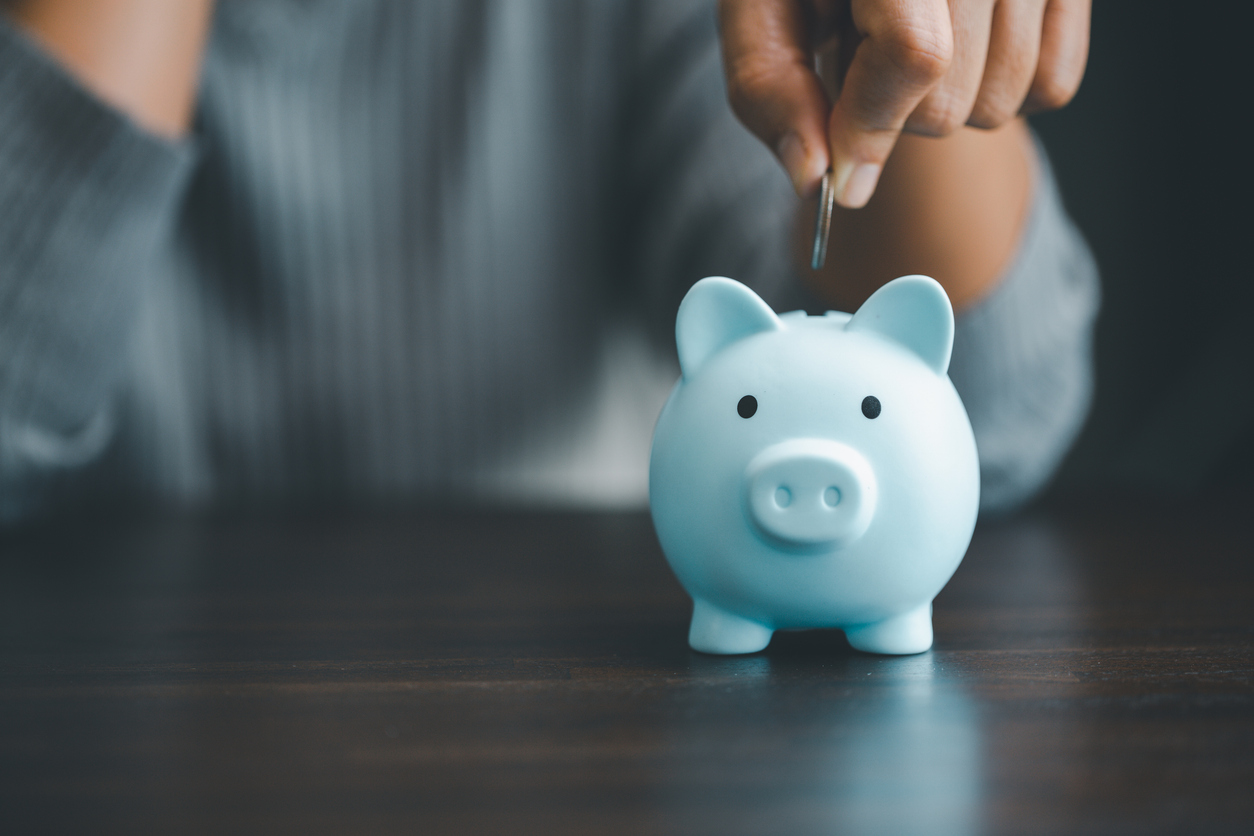Top 10 Ways to Start Saving Money

Saving money can feel challenging, especially with the rising costs of living. However, with a few strategic changes, it’s possible to set aside more money without compromising your lifestyle. Whether you’re saving for a down payment, a vacation, or simply building an emergency fund, these top 10 money-saving tips will help you kickstart your savings journey.
1. Create a Budget and Stick to It
The first step to saving money is understanding where it’s going. Creating a monthly budget allows you to track your income, expenses, and discretionary spending. Popular budgeting apps, like Mint or YNAB (You Need a Budget), make it easy to monitor spending and set goals. With a clear budget, you’ll see where you can make cuts and set a realistic savings target each month.
2. Pay Yourself First
One of the most effective strategies to start saving is to pay yourself first. This means setting aside a portion of your income for savings before covering other expenses. Many find it helpful to set up an automatic transfer to a savings account each payday. By making saving a priority, it becomes part of your routine, ensuring that it doesn’t get left until the end of the month when funds are tighter.
3. Cut Unnecessary Subscriptions
Streaming services, fitness apps, subscription boxes—it’s easy to accumulate multiple subscriptions that eat away at your finances. Take an inventory of all your monthly subscriptions and assess which ones you’re genuinely using. Cutting down on subscriptions you don’t need can free up a surprising amount of money each month.
4. Cook at Home and Meal Plan
Dining out and grabbing takeout can add up quickly, even if it’s only a few times a week. Cooking at home not only saves money but also gives you greater control over your diet. Meal planning helps reduce food waste and allows you to shop more efficiently, often saving on groceries. Consider preparing meals in bulk and freezing them for quick, affordable lunches and dinners throughout the week.
5. Use Cashback and Rewards Programs
Many banks and credit card companies offer cashback and rewards programs that can help you save money on everyday purchases. Cards that offer cashback on groceries, gas, or recurring bills can make a significant difference over time. Just be sure to pay off your balance in full each month to avoid interest charges.
6. Automate Your Savings
Automating your savings is a hassle-free way to ensure you save consistently. Many banks offer the option to automatically transfer a set amount from your chequing account to your savings account each month. You can also consider setting up automatic transfers to an investment account, such as a Tax-Free Savings Account (TFSA) or Registered Retirement Savings Plan (RRSP), which can help grow your money while taking advantage of tax benefits.
7. Shop with a List and Stick to It
Impulse purchases can derail even the best intentions to save. Before heading out for groceries or any type of shopping, make a list of what you need and stick to it. Avoiding unplanned purchases keeps your spending in check and reduces the likelihood of buying things that may end up unused or forgotten. It’s a simple way to be mindful of where your money goes.
8. Buy Generic or Store-Brand Products
Store-brand products are often just as good as name brands but come at a fraction of the cost. Whether it’s food, household goods, or even over-the-counter medications, choosing generic options can save you a considerable amount over time. Many grocery stores like No Frills or Superstore have quality store brands that offer great value for money.
9. Sell Unused Items
Most of us have items we no longer use or need, whether it’s clothing, electronics, or household items. Platforms like Facebook Marketplace, Kijiji, or Poshmark make it easy for us to sell unwanted items for cash. Not only does this clear clutter, but it also puts extra money back in your pocket. Consider setting a seasonal decluttering schedule to ensure you’re only holding on to items that add value to your life.
10. Start an Emergency Fund
Having an emergency fund is essential for financial security, helping you cover unexpected expenses like car repairs, medical bills, or temporary job loss. Start small by setting aside a small portion of your income each month into a dedicated emergency fund, ideally in a high-interest savings account. Over time, this fund will grow, offering you peace of mind and reducing the likelihood of needing to dip into other savings for unforeseen costs.
Bonus Tip: Consider Investing Wisely
Once you’ve established a habit of saving, consider putting some of your savings to work through investing. Options like TFSAs and RRSPs provide us with tax advantages, making them great choices for long-term savings goals. While investing does come with risks, starting small and seeking advice from a financial advisor can help you make informed decisions that grow your wealth over time.
Final Thoughts: Building a Savings Mindset
The journey to financial freedom starts with small, consistent steps. By creating a realistic budget, paying yourself first, and making conscious spending choices, you’re setting yourself up for long-term success. Saving money isn’t about making drastic sacrifices but rather about building sustainable habits that lead to a healthier financial future. With these top 10 tips, you’ll be well on your way to achieving your financial goals, whether it’s buying a home, traveling, or simply having a comfortable nest egg. Remember, the earlier you start saving, the easier it becomes to make lasting progress.
